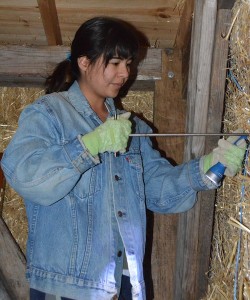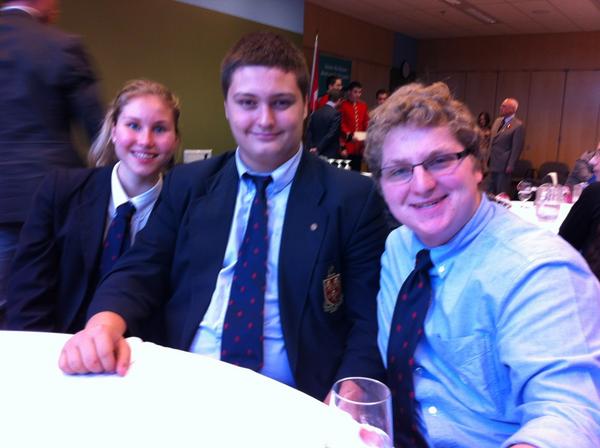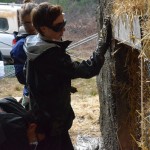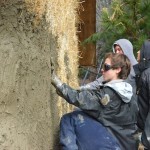My Australian exchange trip was a big step for my parents and myself. My scariest thought was not knowing what to expect during my time in Australia. My friends warned me that I’d miss them, and that I was going to have a hard time catching up on all the drama, gossip and school work. The 24 hours of flying across the world felt like an endless amount of time to think such thoughts.
As we finally came close to landing in Sydney, the beautiful view was astonishing. The tension built up as I passed through customs. It was official: I was finally in Australia! Within the first few hours of landing, we had begun the journey. The next three days were spent doing numerous activities. We stayed on the edges of city centre, the perfect distance between Bondi Beach and the Westfield mall!
On the very first day, I was immediately impressed with what Sydney had to offer in the way of views and architecture. We made our way up to the top of the Harbor Bridge. The spectacular view from the bridge walk was as surreal as this whole experience. In my opinion there could not have been a better activity to bond with the family and break the ice.
On day two, since it had been stormy, we decided to spend the day at Westfield shopping centre in Sydney. There I discovered Australian and American styles aren’t all that different. While walking around, I was introduced to sausage rolls (didn’t quite enjoy those), boost juice (fell in love), and Hawaiian pizza (surprisingly eatable).
Day three was rather wet. We started off the day with a jet boat ride viewing the city, which was magnificent. After drying off and changing, I was ready to experience Australian culture. We saw street shows, ate at Australian restaurants, and took Sydney transport. Then on to the best part of the day, SURFING LESSONS! Taking a two-hour surfing lesson was the highlight of my day. I was actually able to stand up, which was surprising, but left me ultra sore the next day. Bondi Beach was GORGEOUS! I’d love to go there again one day.
After driving back to Canberra and having a picnic with Lauren’s friends, I thought I was prepared to face Radford the following morning. However, I was wrong. I felt very welcome by the school, but stressed about making the right first impression, and making friends.
Day two at Radford was much better, as I felt more confident and began to communicate with some of the other students. Speaking at the assembly on my third day of school was not my favourite part as I’m not fond of public speaking but everything went well.
A week later, Radford asked me to say hello and introduce myself at assembly, which consisted of 1000 students in the hall. Thinking back to the previous week where I had to stand in front of the year group, I felt this was going to be much more difficult. After I spoke, I was happy that I’d done it early on in the trip when I barely knew anybody rather than towards the end when I’d recognize everybody’s faces.
Now being close to the end of my exchange, I realize I could not have had a better experience. I’ve had the most amazing involvement with the school and students and I would do it all over again if I could. I’ve formed bonds with people that I’ll keep in touch with for as long as possible. I’m truly sad that this trip is coming to an end, and looking forward to getting more involved with Round Square. –Chelsea Silva-Martin ’14




